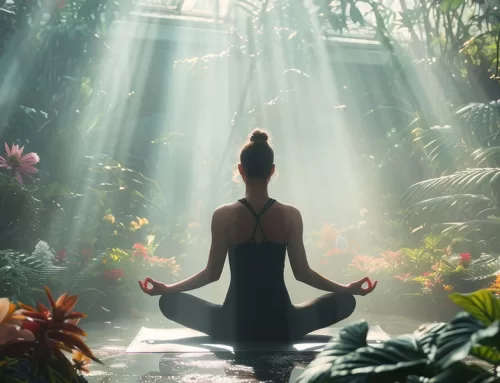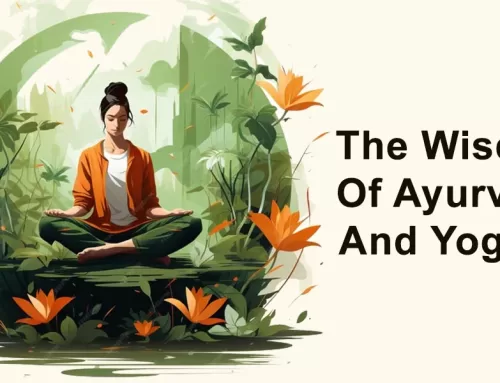Kundalini yoga is a type of yoga that consists of chanting, singing, breathing exercises, and repeated positions. Its goal is to awaken your Shakti or Kundalini energy. It is believed that this spiritual energy is situated at the base of your spine. Yash Birla, who is known for adapting yoga in his daily life, says that being in alignment with our energy is essential for the body and mind
Kundalini yoga is said to increase consciousness and help you transcend your ego by awakening this energy. At times, the method is also referred to as “yoga of awareness.” Read more to get a brief introduction to Kundalini yoga and understand its difference from other forms of yoga.
What is Kundalini yoga?
Although Kundalini yoga is practised worldwide, its origins are unknown. It has been known for millennia that Kundalini energy exists, and it is mentioned in ancient Vedic literature from 1,000 B.C. The most well-known practitioner of kundalini yoga is Pakistani yoga teacher Yogi Bhajan. He is credited with introducing the method to Western countries in the 1960s.
The word “Kundalini” derives from the Sanskrit word “Kundal,” which means “circular.” It also alludes to a coiled snake. Additionally, according to practitioners, Kundalini energy is dormant and unaroused at the base of your spine, just like that coiling serpent. By igniting this energy, kundalini yoga enables it to ascend and pass through the chakras along your spine.
The seven energy centres in your body are known as chakras in yoga. They include:
- Root chakra
- Sacral chakra
- Naval, or solar plexus, chakra
- Heart chakra
- Throat chakra
- Third eye chakra
- Crown chakra
It is said that as Kundalini energy rises, it will aid in the balancing of these chakras and advance your spiritual well-being. Kundalini yoga is reputed to bring about spiritual enlightenment with consistent practice. It is described as a “Kundalini awakening.”
How is it different from other types of yoga?
The practise of Kundalini yoga is more spiritual than other types of yoga, describes Yash Birla.
Although there are still physical movements involved, they are not the main focus. This is distinct from yoga styles like Hatha or Vinyasa, which both centre on physical poses. Additionally, kundalini yoga is more precise and repetitive. In contrast to other types of yoga, Kundalini yoga incorporates specific rhythms of chanting, singing, movement, and breathing.
Components of Kundalini Yoga
There are six primary components to kundalini yoga, which are performed in the following order:
- Opening chant – Opening chants, also known as tuning in, are the first part of every lesson.
- Pranayama or warmup – You will practise Pranayama, or breathing exercises, as well as occasionally movements that stretch your spine. Breath control training is the aim of Pranayama.
- Kriya – A kriya is a series of exercises that include breathing exercises, mudras (hand positions), noises, and meditation. Your instructor determines the kriya’s duration and level of difficulty.
- Relaxation – Relaxation is essential as it enables your body and mind to take in a kriya’s effects.
- Meditation – You are led via meditation by your teacher to promote awareness.
- Closing chant – A chant to close the class is performed.
Is Kundalini yoga safe?
Like all forms of yoga, kundalini should be practised safely.
Be cautious if you have:
- Breathing issues
- Joint pain
- An injury
- Balance problems
- Are pregnant
If you are not sure if Kundalini is safe for you, speak with your doctor to find out if there are any precautions you need to take or if there is another form of exercise you can try that is safer.








Leave A Comment